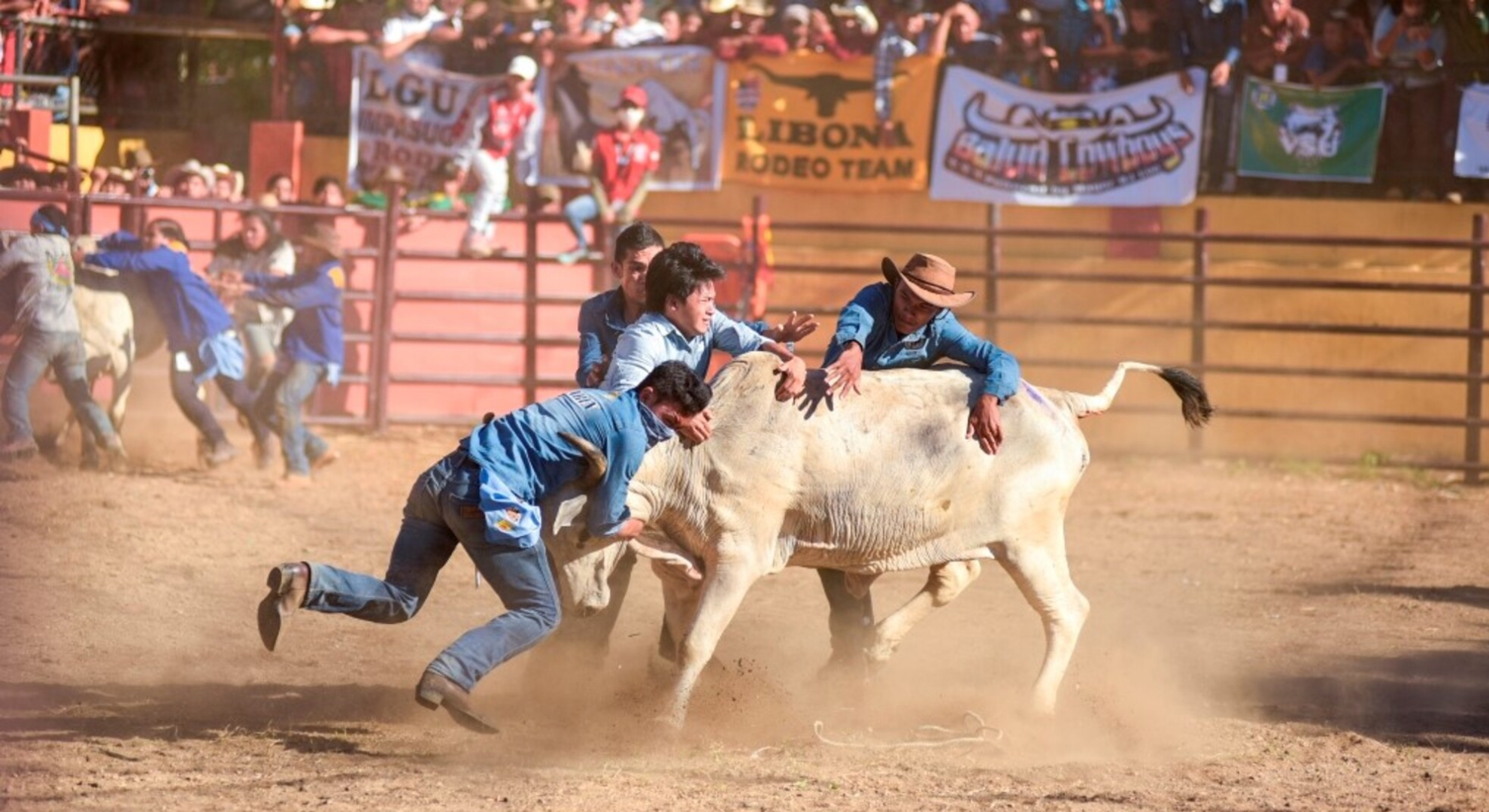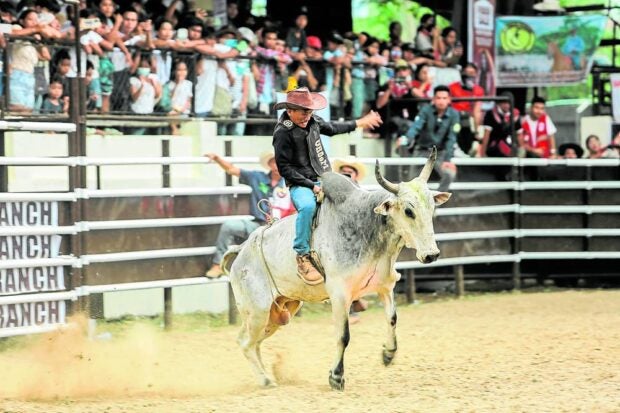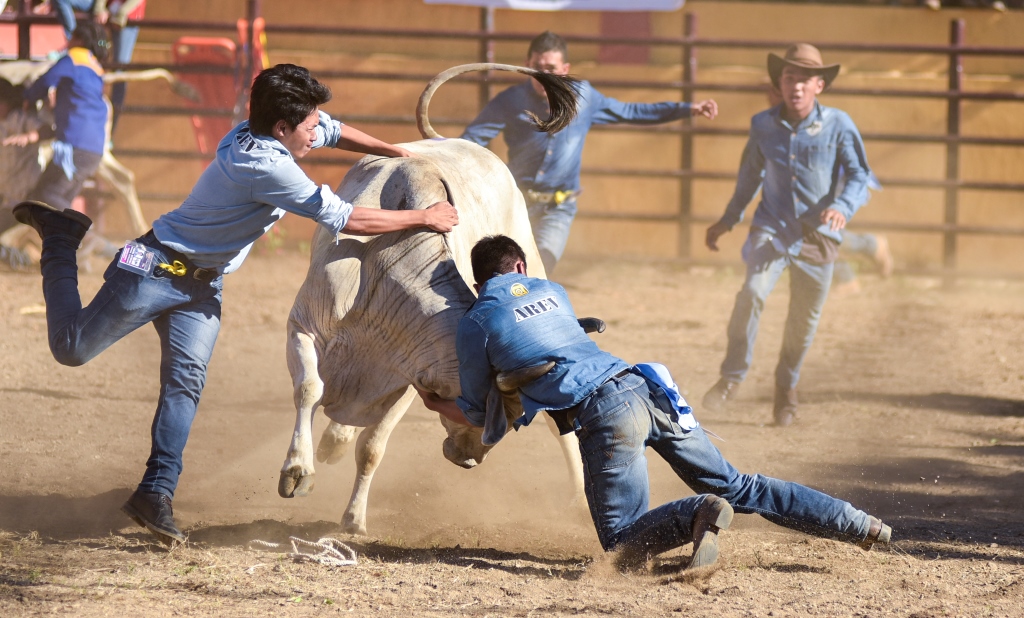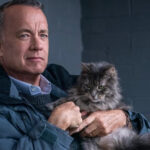As restrictions brought about by the COVID-19 pandemic have eased up, the city of Masbate has returned to its rodeo activities after a three-year hiatus.
This year, the Rodeo Masbateño gathered over 300 contestants who looked forward to participating in different activities such as bull riding, lassoing, and the ever-famous carambola.
The rodeo festivities started back in the 90s with hopes of strengthening the declining cattle industry in the country. But the dawn of cattle ranching began during the Spanish occupation when the colonizers brought cows to the Philippines.
Between the 16th and 19th centuries, the Spanish transported cattle to Masbate through the Manila-Acapulco trade route between the Philippines and Mexico. This established a boom in commercial activity in the region and economic ties between continents.
To give way to the cattle and the emerging cattle industry, Masbate adapted slash-and-burn agriculture to clear the forests for farming. Along with the multiplication of cattle came the growing community of cowboys to tend to them.
In 1993, the first Rodeo Masbateño Festival was held during the tenure of Emilio Espinosa Jr. as governor. Originally called Rodeo Filipino, it became known as Rodeo Masbateño Festival in the early 2000s. An Executive Order issued by then-president Gloria Macapagal Arroyo in 2002 declared Masbate as the rodeo capital of the Philippines.
Bringing attention to the cattle industry and attracting more tourists, the festival holds numerous events and activities including cattle wrestling and bullwhipping, among others. Competitors, men and women alike, vie for about $250 per person for approximately 90 winners across professional and student categories.
The carambola is known to be the most exciting yet dangerous event. A team of two to four people attempts to restrain a cow inside of the ring using only their bare hands, the Masbateño way. The competition imitates a real-life situation where ranchers need to restrain an unruly cow on the job.
Despite a monetary prize waiting at the finish line, the esteemed rodeo festival is ultimately a show of strength among Masbateños. What once was an endeavor to boost the country’s cattle industry is now a bold representation of the province, upholding patience and perseverance.
Today, Masbate takes pride in their cattle and parades this honor every summer.
Other POP! stories that you might like:
Rising OPM band Rise High launches new music, ‘Tinig ng Pag-Ibig’
There is an ‘All Too Well (Pinoy Version)’ in Philippine cinema
First-ever full-length animated film entry at Cinemalaya ‘Iti Mapukpukaw’ unveils official trailer





